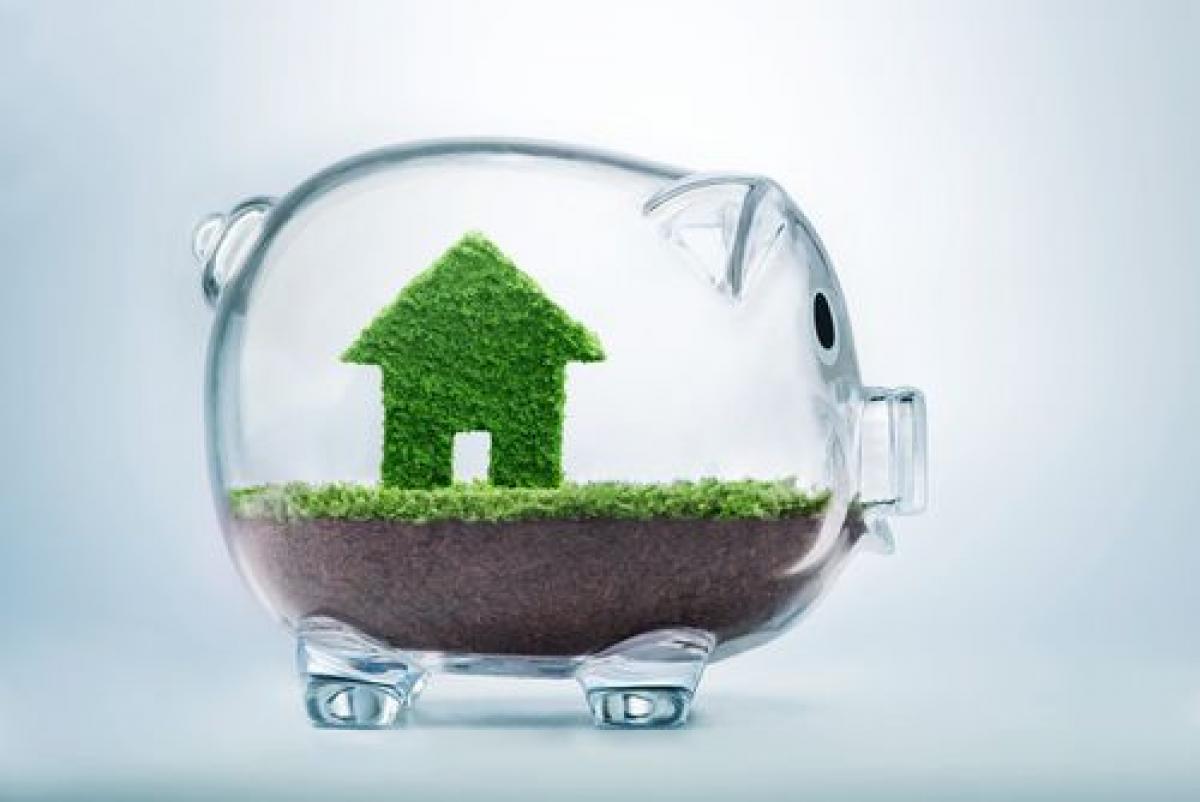A new report from two executives at Aviva Investors, the global asset manager that is part of the UK-based Aviva Group, looks at real estate debt as a way to play the transition to a low-emissions or even a no-net-emissions world.
One key source of value here is that the market has thus far been inefficient. That is, as the authors say, “the impact of climate change is not always accurately reflected in real-estate values.”
Market participants, after all, cannot readily assess the likely impact of unimplemented climate regulations and then factor that impact into long-term risk-return assessments. Rather, participants (and by inference the market as such) deems assets “good,” as for example a building that scores well on environmental measures regarding its lighting, its HVAC systems, etc., will get points for its owners from their investors. The “sustainable” building will sell at a premium and another (“bad”) building will sell at a discount. But this is a very crude process, consistent with pricing anomalies.
A Return to the Inexorable?
In much of the developed world the pandemic has caused the rise in carbon dioxide emissions to go in reverse in recent months. But now, as vaccines are rolled out, and as over the months to come the distributions methods will likely improve, the previously inexorable rise in emissions will return, and with it “climate change will again rise to the top of the global political and corporate agenda.”
The authors of the Aviva report are, Gregor Bamert, head of real estate debt, and Stanley Kwong, ESG associate director, real assets. Real assets—both buildings and infrastructure—are central to the carbon emissions issue. Bamert and Kwong point out that 39% of energy-related global carbon emissions come from buildings or construction, according to the World Green Building Council. The operational emissions alone account for 28%.
The authors point out that investor concern about such emissions isn’t “merely” a matter of investor desire to continue living on this planet. It also involves an aversion to “stranded assets.” The fear is that a building not up to Best Practices will become a stranded asset, with nobody wanting to rent or to buy it. Accordingly, banks are becoming averse to lending money to the owners of such buildings.
Aligning Incentives
Here is where a market opportunity arises. To the extent that traditional lenders have become more timid than rationality requires, they have created a space for alternative lenders to step in. This report suggests that they can offer the buildings threatened with “strandedness” a way out: “a financial incentive to make their building more environmentally friendly.” On the one hand, this will reduce the building’s detriment to the environment and society, while on the other hand it can deliver “attractive risk-adjusted returns for clients.”
Bamert and Kwong say that Aviva’s real estate debt team has committed £1 billion ($1.37 billion) through 2025 to impact investment strategies. The specifics of course will vary from one deal to the next, but the strategy of offering high-interest loans to the owners of buildings at risk of being stranded, and then offering downward adjustments in the interest charge to the extent the state of the building improves, unties the self-interest of all parties with obvious ESG benefits.
Until recently there have been three different ways of aligning portfolio goals with environmental goals: reduce stakes in unsustainable investments such as the fossil fuels industries; incorporate environmental factors into investment analysis; or allocate a portion of one’s portfolio to positive industries such as renewable energy producers. Aviva sees itself as pioneering a fourth way: the creation of explicit earth-friendly inducements to asset owners.
An Example
In September 2020, Aviva Investors provided a £154 million senior debt facility to CLS Holdings plc, toward the refinancing of 12 assets across London and the southeast of England. One of these is a mixed-use setup in Vauxhall, a district in the London Borough of Lambeth. The Vauxhall scheme includes student accommodations.
CLS will receive a margin reduction of up to 10 basis points, depending on its delivery on specific targets to be addressed through the lifetime of the facility. The facility consists of distinct tranches, provided over 10 to 12 years.




